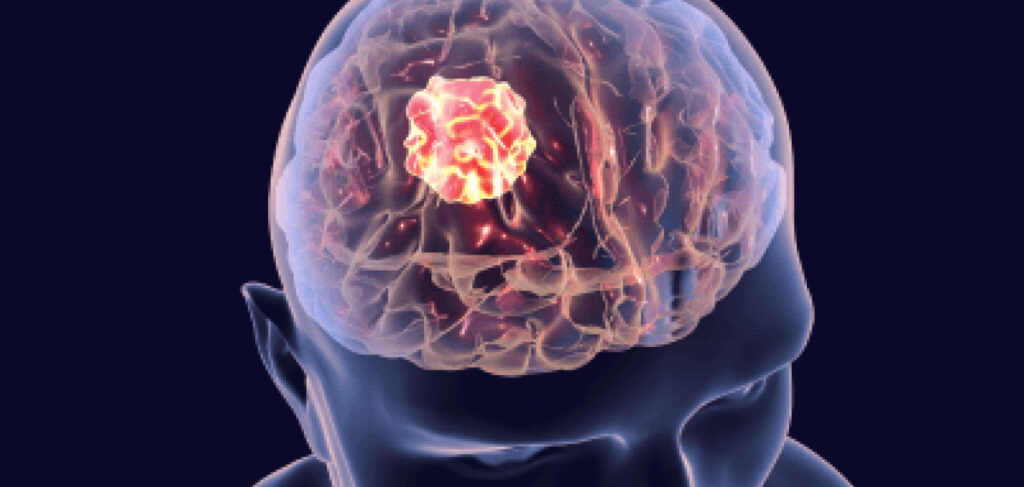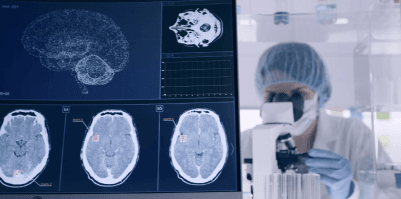
Brain tumours, while constituting only a small percentage of all cancers, present unique challenges due to their location within the body’s most complex organ. A diagnosis of a brain tumour can be overwhelming, and often, surgery is recommended as part of the treatment plan. This blog aims to provide an educational resource for those seeking to understand brain tumour surgery, its procedures, potential risks, and the recovery process.
Brain Tumours and And Treatment Options
The brain is responsible for a wide range of functions, including movement, sensation, memory, and emotions. Neuro disorders, such as brain tumours, can disrupt these functions and cause a variety of symptoms. Brain tumours can be classified as either benign (non-cancerous) or malignant (cancerous). Treatment options for brain tumours depend on various factors, including the type, size, location, and grade (aggressiveness) of the tumour. Surgery, often referred to as tumour surgery, is a common first-line treatment, particularly for benign tumours or when a biopsy is needed to determine the tumour’s nature.
Brain Tumour Surgery Procedures
Craniotomy is the most common surgical procedure for brain tumours. During a craniotomy, a portion of the skull is temporarily removed to access the tumour. Sophisticated imaging techniques, such as MRI scans, are used to pinpoint the tumour’s location and guide the surgeon.
There are different variations of craniotomy depending on the tumour’s location. An awake craniotomy, for instance, allows the patient to be awake during some parts of the surgery. This can be beneficial for tumours located near critical areas of the brain responsible for speech or motor function. The surgeon can monitor the patient’s responses during the procedure, minimizing the risk of damaging these areas.
Minimally invasive techniques, such as stereotactic radiosurgery, are also sometimes used for brain tumour treatment. These techniques utilize focused radiation beams to target the tumour with minimal impact on surrounding healthy tissue. However, the suitability of minimally invasive techniques depends on the size and location of the tumour.

Risks Associated with Brain Tumour Surgery
Brain tumour surgery, like any surgery, carries inherent risks. These risks depend on various factors, including the type, size, and location of the tumour, as well as the patient’s overall health. Some potential risks associated with brain tumour surgery include:
- Infection
- Bleeding
- Damage to surrounding brain tissue, which can lead to neurological problems like weakness, speech difficulties, or vision problems
- Seizures, particularly for tumours located near areas of the brain responsible for controlling movement.
- Fluid buildup in the brain (hydrocephalus)
Recovery From Brain Tumour Surgery
The recovery process after brain tumour surgery varies depending on the extent of the surgery and the patient’s individual condition. Most patients will spend several days in the hospital following surgery, with close monitoring for any complications. Rehabilitation after surgery is often crucial for regaining lost function and regaining a sense of normalcy. Depending on the neurological deficits experienced, rehabilitation may involve physiotherapy, occupational therapy, speech therapy, or cognitive rehabilitation.
Conclusion
Brain tumour surgery is a complex procedure that requires a skilled neurosurgical team. While there are inherent risks associated with the surgery, advancements in technology and surgical techniques have significantly improved outcomes. Understanding the procedures, potential risks, and recovery process can empower patients and their families as they navigate this challenging journey.





